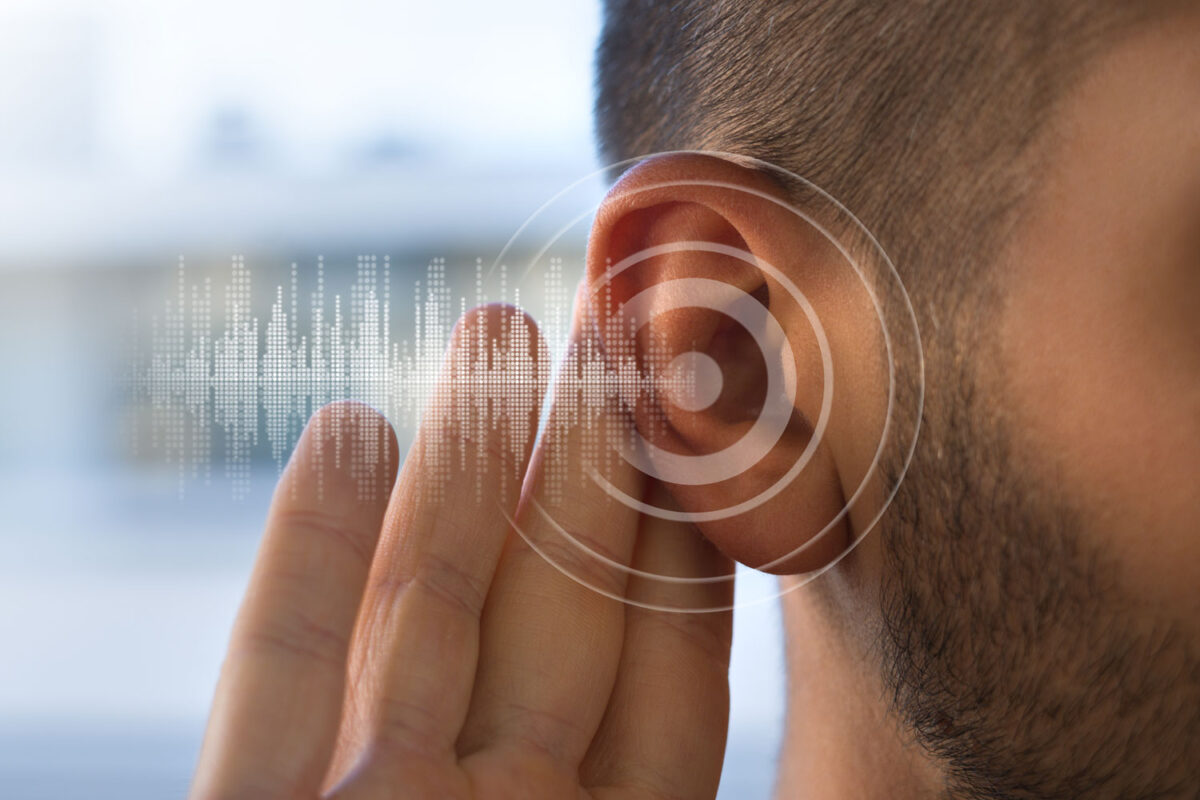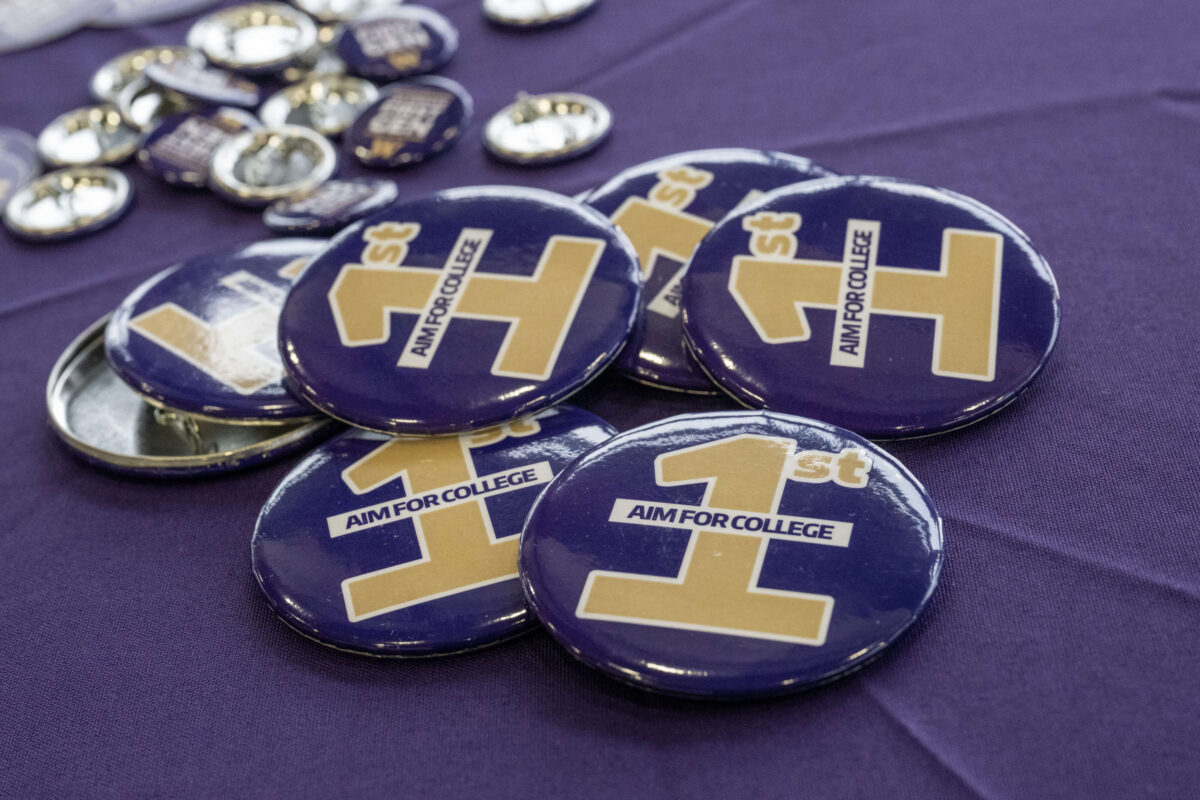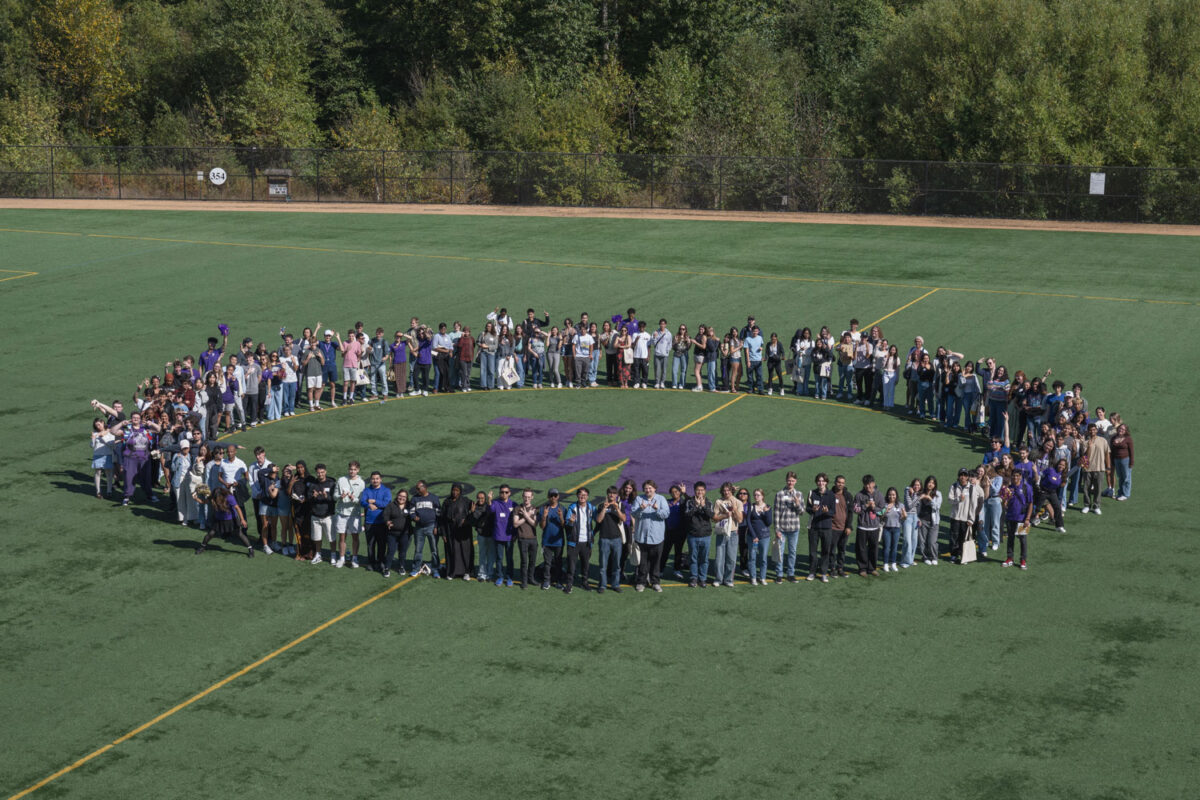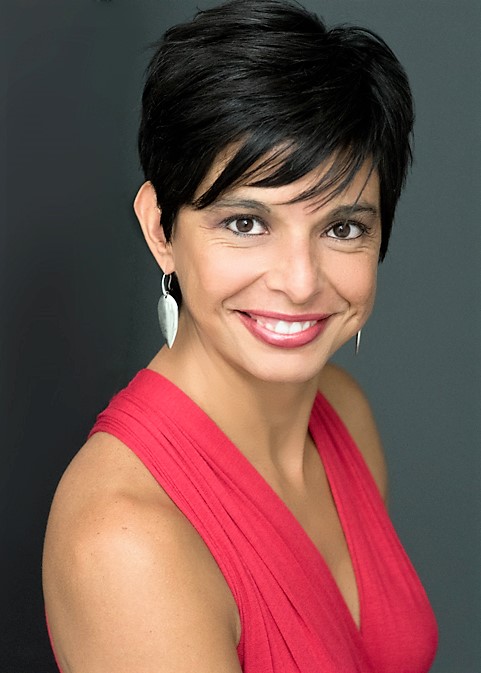
The title of this story comes from Pina Bausch, German modern dance choreographer of great sensitivity and dedication to her art. I’m influenced by her quote as I write how the coronavirus pandemic has shifted my teaching this quarter to a virtual dance studio.
First, some benefits. Transitions got shorter, and driving commutes disappeared. I was able to prepare my classes without a rush. My nervous system got a break. I’m sleeping longer, and my husband and I got closer, which is fantastic.
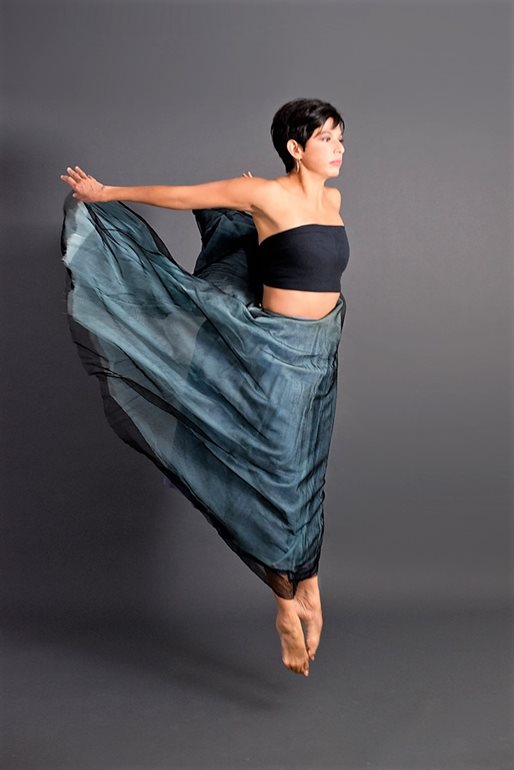
In terms of the actual teaching, there were physical- and space-related shifts. My mind shifted to lead the way then my body followed. In regular in-person classes, it is the opposite: my body moving in time and space with the music tends to be the main source of inspiration, then my mind follows. I am used to a rhythm whenever I teach, and this flow was slightly broken. It took some effort to get it back.
Other successes were mainly mental and logistical. Getting work done on time and accurately was evident and easily managed through CANVAS and Zoom. Most students were highly committed to their research and written assignments. I got more effective at explaining each assignment as well as managing my time and scheduling. It is as if my mind easily adapted to work from home and was able to respond to this new challenge. But my body and emotions were still reluctant to being shaped by my new cyberspace reality.
Yoga and meditation warmups were the top techniques I turned to. They helped focus and bring clarity to class. Engaging in these practices prior to the dance portion of class was and has always been effective since introducing them five years ago.
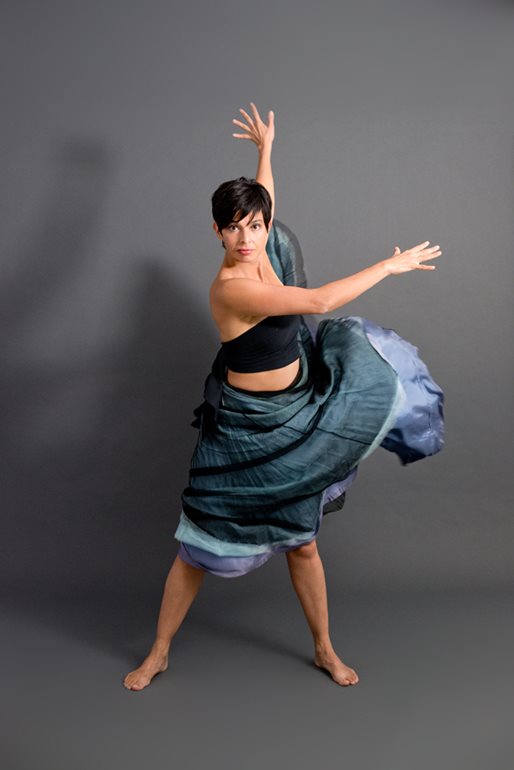
I recorded most of my classes, and I also invited the students to record their dance process, share it, discuss it and re-create it later to transform into their final project. Video became the great interconnector of knowledge and movement.
Inspiration-wise, COVID-19 proved to be an excellent theme to work on. Overall, students learned that dance is and has always been, since the beginning of time, an effective non-verbal tool for communication as well as an effective mental and immune system regulator no matter the style, technique or culture it comes from.
The COVID-19 “DANCE CALL FOR ACTION” video was the title of their last project. They were invited to choreograph their own one-minute dance, based on the techniques they researched. Some chose social dances like cha-cha, salsa and polonaise. Some went for street dances such as hip-hop or free style. Still others decided to explore their heritage. One student investigated Korean traditional dance, and some students used their Latin background to do their project in Spanish.
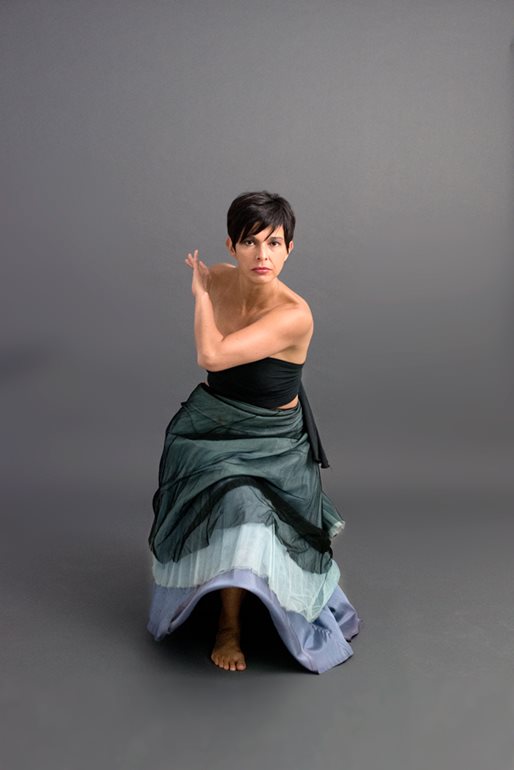
The key element of this assignment was developing a “call for action” to invite audiences to dance during the pandemic, then film it from home. The intention behind this assignment was to use dance as a social technology to empower everyBODY, particularly during the challenging times of self-distancing, uncertainty and instability that we are now living in.
Some of the projects that students came up with include thanking essential workers through a contemporary dance composition called “Say Something.” Others decided to dance the “everyday life of a quarantined student” using an Armenian folk dance called Kochari. One of the most enthusiastic students proposed the idea of “Dancing Across America” since he was planning to combine his plans to move to the other side of the country by filming himself dancing at each place to encourage Americans to travel and dance more.
Reflecting upon my own dance this quarter I felt that this virus stopped us abruptly in one way or another, and most importantly it shifted our lives in pace and rhythm, as if for some reason we were all going 120 mph not knowing exactly what we were doing and just moving by inertia, to suddenly pausing the intense music that was driving us, like the stop/start game of musical chairs we played when we were kids. Time stopped, and our minds were concerned that we could die from an invisible virus coming from far away, a virus we couldn’t see or even feel when it entered our bodies. We froze.
I froze at least — the frenetic dance of my life before the coronavirus changed from a rushing, urgent flow to eyes wide open, looking all around me to see if I was in a safe space. I feel that we almost stopped breathing for a bit as we saw that this was happening not just to us but in countries and communities far away.
Suddenly we were reminded that we were not so different after all. Dance, dance — otherwise we are lost!
Diana García-Snyder is a lecturer in performance, dance and mindfulness in UW Bothell’s School of Interdisciplinary Arts & Sciences. Her work centers on dance and movement as healing and transformative practices. From teaching technique classes to giving lectures to performing, she is fascinated by how our human body works and how to tap into the intelligence it holds by making alliances with experts in various fields. Recently, she taught Latin rhythms and meditation in “Zoom Zoom to Connect,” an online initiative to “stay connected with one another during these extraordinary times,” hosted by UW Bothell’s Organizational Excellence and Human Resources. For questions, you can reach her at dgs3@uw.edu.
